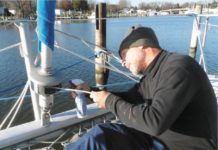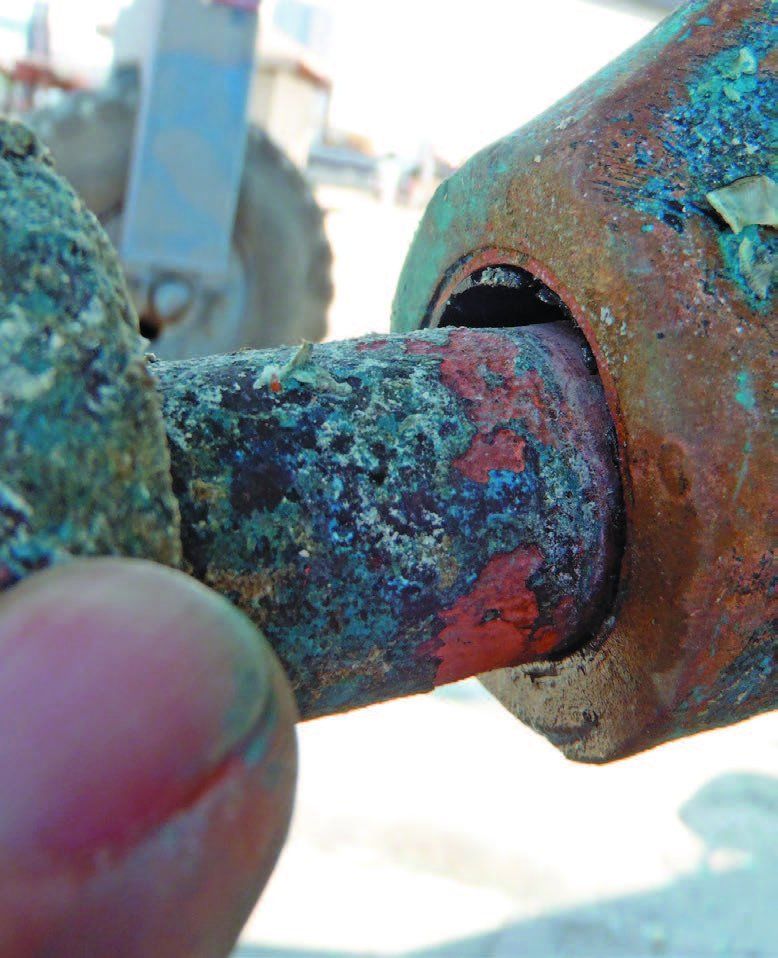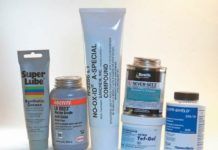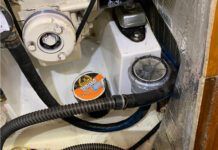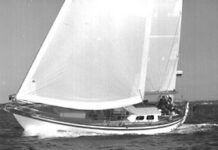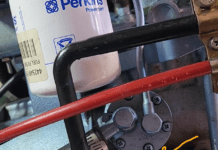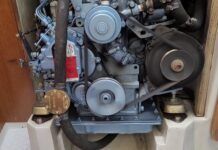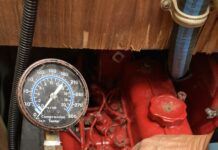Anti-Seize Coatings for Spars
If youve ever been humbled by a single impossibly stuck fastener, or plan on adding hardware to your spar, running gear, or deck, this report on anti-seize protectants is right up your alley.
Storing Diesel Fuel
When it comes to storing a gasoline powered vessel, you are generally better off keeping tanks full, adding a corrosion-inhibiting additive, and installing a...
Alternator Overheat: A Surprising Solution for Older Boats
Over the years, and with two different small diesels working in the tight quarters of the engine compartment of our 1978 Islander Bahama 30,...
Unblock Seawater Intake: Dinghy Pump Hose Hack
It was another spectacular summer day as we released the dock lines and once again escaped life ashore, the trusty diesel humming beneath our...
Offshore Log: Thoughts on Engine Spares For Cruising
Emptying out the spares inventory for Calypso's Perkins diesel was an eye-opener—there were plenty of parts back-ups, and, in Nick's view, all for the best of reasons.
Engine Replacement on Islander Bahama 30
There may come a time when repowering your cherished sailboat needs to be addressed. I suspected that not all 13 horses of the venerable...
Sailing Triteia: Budget Bluewater Cruising
If I were to sum up, in one word, how James Frederick has managed to create his sailing life, I’d say “resourcefully.” The 49-year-old...
Fuel Lift Pump: Easy DIY Diesel Fuel System Diagnostic and Repair
As with all things in life, everything goes well until it doesn’t. It is an inevitable truth that something will go wrong eventually and...
How to Change Your Engine Mounts
It is always discomforting when you know, and actually feel, that something is not quite right. For a little while now, while navigating under...
How to Do an Engine Compression Test
An engine compression test is an important diagnostic test that any boat owner can do with equipment that costs about $50. You can also...



















